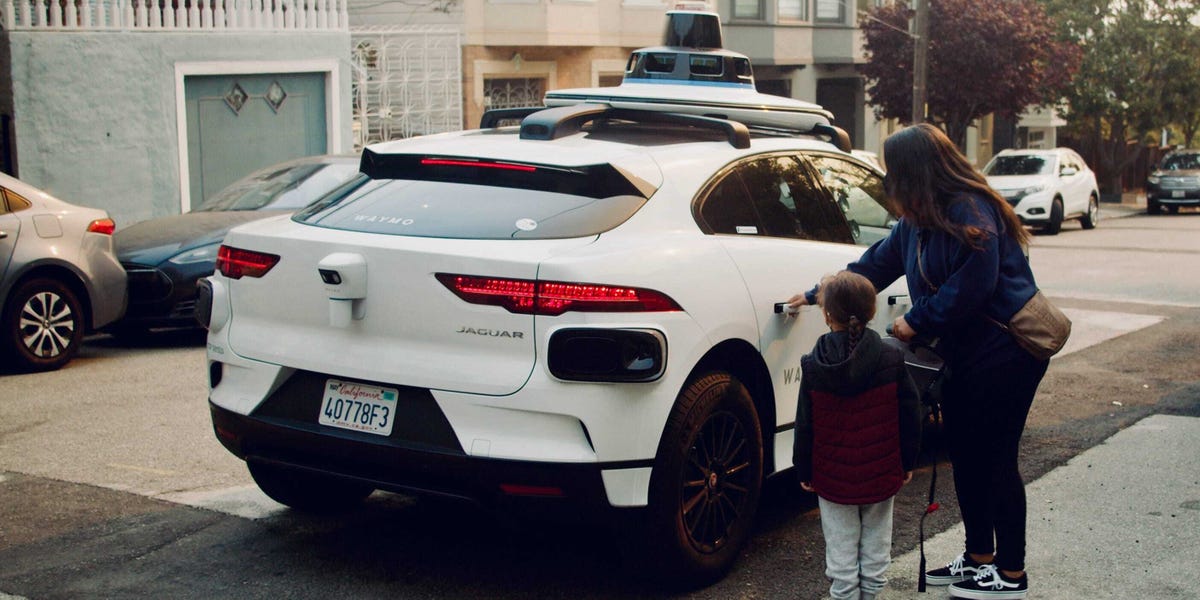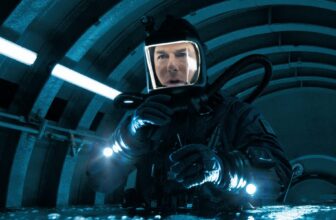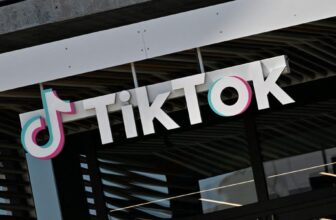
Take a look at our newest merchandise
- The US has a patchwork of state legal guidelines with which autonomous car firms should comply.
- The Trump administration has signaled curiosity in growing a federal framework for AVs.
- Former DOT inspector basic Eric Soskin instructed BI there are a number of concepts the federal government may discover.
As US firms proceed their full-speed race to deploy totally autonomous automobiles, the federal authorities seems to be trailing behind in regulation.
Firms like Waymo, Tesla, and others closely invested in robotaxis should navigate a patchwork of state legal guidelines, every with its personal guidelines relating to self-driving vehicles.
For instance, the Insurance coverage Institute for Freeway Security in Colorado would not require AVs to have legal responsibility insurance coverage. In California, it does.
AV firms argue that these inconsistent guidelines current a hurdle to the mass adoption of self-driving vehicles within the US.
It is why autonomous automobiles are one space the place firms flip to the federal authorities for steerage, Eric Soskin, a former inspector basic for the Division of Transportation, instructed Enterprise Insider.
“Producers in most industries, particularly innovators, typically say, ‘Hey, I do not like regulation very a lot. I need my house to be minimally regulated.'” Soskin mentioned. “However within the autonomous car house, now we’re seeing producers saying, ‘You realize what? It could be nice if the federal authorities would tackle a much bigger function right here in the US.'”
Soskin was the DOT’s inspector basic for 4 years after he was nominated by President Donald Trump in 2020. He was amongst 18 IGs who have been fired in January because the second Trump administration underwent fast cuts in federal spending below the path of the Division of Authorities Effectivity.
Soskin declined to touch upon his termination.
The Autonomous Automobile Trade Affiliation — a consortium of firms exploring AVs, together with Alphabet’s Waymo and Volkswagen — not too long ago launched a proposal for a federal coverage framework in an effort to “speed up the deployment and commercialization of autonomous car expertise.”
The framework offers suggestions for security, transparency, accountability, and management development, the group mentioned.
The Trump administration additionally has been mentioned to be wanting into easing guidelines round autonomous automobiles, together with reporting necessities by the Nationwide Freeway Visitors Security Administration, Bloomberg reported.
In establishing federal guidelines on self-driving vehicles, Soskin notes that the DOT may enact some actions whereas others could require the hand of Congress or the President.
Setting apart these limits, Soskin supplied a number of approaches and areas the federal government may deal with when enacting a federal framework.
Efficiency-based requirements
Soskin mentioned regulating autonomous car firms by setting “performance-based requirements” that they attain for somewhat than implementing particular guidelines that producers should comply with is usually a balanced method to encourage innovation whereas safely rolling out the expertise.
These requirements can contact upon points states and shoppers are involved about, comparable to how effectively automobiles can detect different objects of their setting and, usually, how effectively AVs know what’s occurring on the street.
An instance is how automotive firms can select to submit their automobiles to the Nationwide Freeway Transportation Security Administration to get official security scores. These scores are then used to promote to shoppers the protection of the automobiles.
“Efficiency-based requirements, or hitting some mark, goes to be much more efficient in encouraging completely different routes to getting an answer,” he mentioned.
Cybersecurity and privateness
Autonomous car firms typically tout how self-driving vehicles are safer than vehicles pushed by people. However for the federal government to know the extent to which that’s true, firms might want to share a variety of information, Soskin mentioned — and thus far, producers and drivers are reluctant to take action.
That is the place a set of cybersecurity and privateness requirements can be vital to guarantee shoppers of the secure dealing with of their information. The previous inspector basic mentioned the federal government may then set up a requirement or incentives for producers to share trip information and crash information.
System redundancies
The federal government can also wish to set a normal for failure modes or system redundancies — in different phrases, security options that can kick in if the autonomous driver fails. For instance, Volvo says its self-driving vans have two brake programs so {that a} secondary brake can cease the truck if the first system fails.
“What’s speculated to occur when one thing goes unsuitable?” he mentioned. “Or when one thing does go unsuitable, how will we guarantee one thing else takes over?”
Insurance coverage
One other space that can should be addressed is legal responsibility and insurance coverage.
“The adoption of autonomous automobiles, I feel, goes to require that these concerned usually are not held liable in methods which might be disproportional to human-operated automobiles,” Soskin mentioned.
In a legal responsibility trial, juries could have to find out a compensatory quantity when a human is at fault in a collision.
“If X is that quantity for human-caused legal responsibility and 100 X is that quantity for autonomous car legal responsibility, that will be an enormous disincentive to autonomy,” Soskin mentioned. “So fascinated by how we set a legal responsibility system that allows autonomy to maneuver ahead is vital and doubtlessly vital on the federal stage.”





![[2024] MSI Aegis R2 C14NUF9-829US (Intel Core i9-14900F, 128GB DDR5 RAM, 2X 2TB NVMe SSD, NVIDIA GeForce RTX 4070 Ti Super, Windows 11) Gaming Desktop PC](https://m.media-amazon.com/images/I/81i1KVslX4L._AC_SL1500_.jpg)







